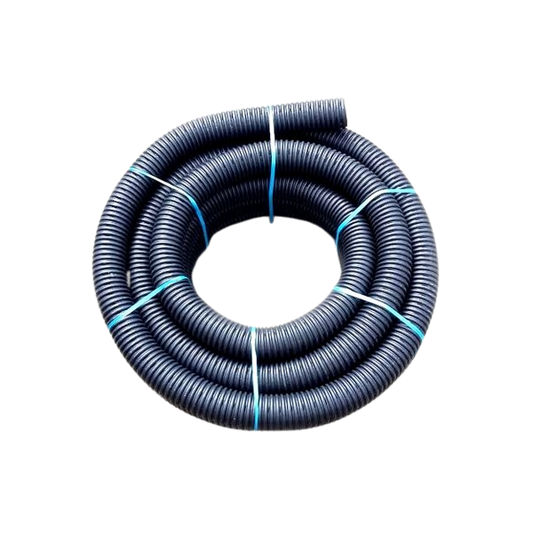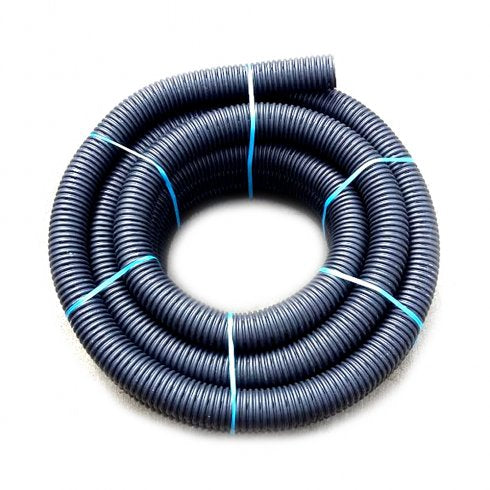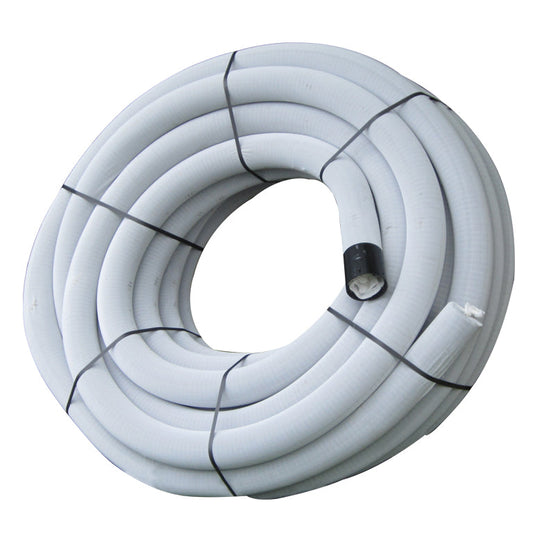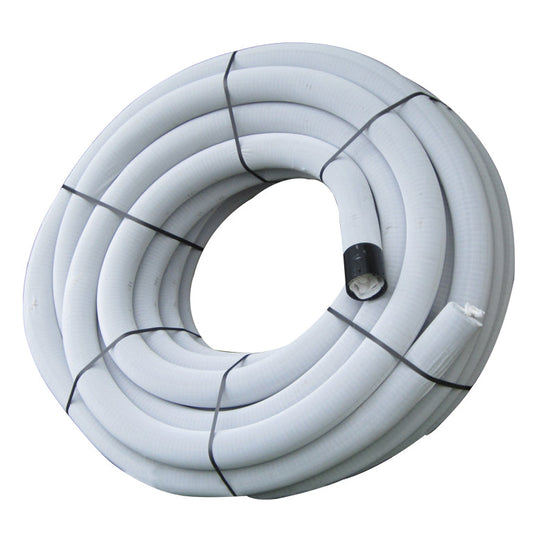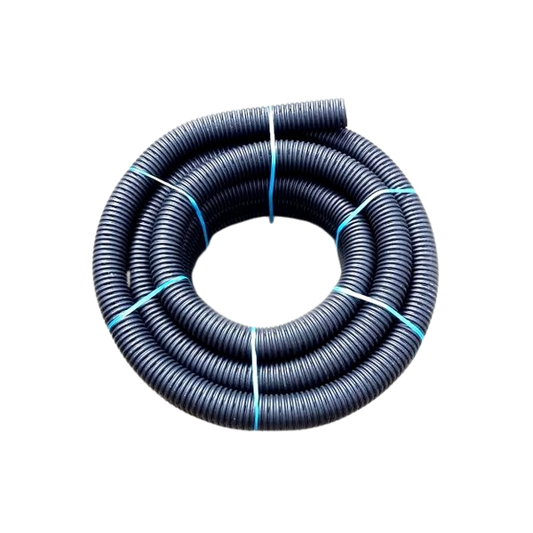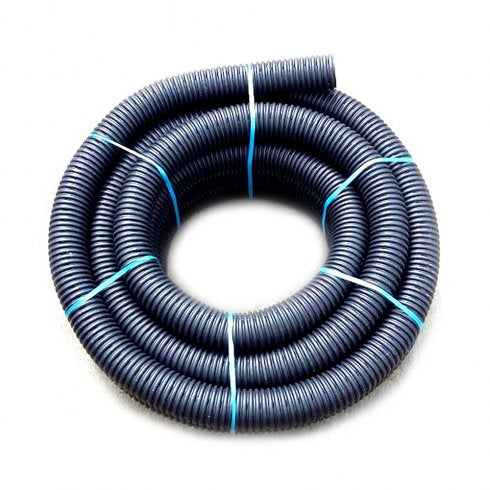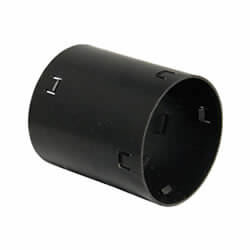This year’s extreme weather has highlighted the importance of ensuring your land drainage system works well. After all, having a well drained field can make the difference to whether you produce a good or bad crop.
Keeping on top of the maintenance of your land drainage system is vital to its longevity. Here’s our top tips on land drainage maintenance:
Contents
1. Check water course is clear from silt and debris
It is always best to start from the final outfall of any drainage scheme and work backwards upstream.
First thing to check is that the receiving water course, ditch, dyke or whatever is clear from silt and debris, can run freely and is below all the drainage outlets. This is best maintained using a tracked excavator to travel carefully along the embankment and reach in to scoop out the ditch periodically.
2. Check outfalls are running freely
Next is to make sure the outfalls are running freely and unobstructed. If this is not the case there could be a blockage from root ingress, rodents or collapse. There are various ways to clear the drain using jetters, rods, root cutters or excavation down to the damage in order to repair.
3. Check soil structure
Soil structure, next, a perfectly good sub surface drainage system can be rendered ineffective if the soil structure itself above it is poor. By this we mean compact due to trafficking on the land in less than favourable conditions and/or inadequate cultivation. Obvious wet spots or poor cropping areas are also signs of damaged drainage system and could be a good indicator of where to explore with a digger. Whenever possible carry out drainage maintenance when soil conditions are favourable to avoid creating more damage and problems whilst trying to fix another.
4. Undertake mole draining every 5 years
Mole draining periodically, approx once every five years, is good practice for maintaining a good drainage system. Mole draining is carried out across the direction of any installed land drainage scheme and effectively joins up the land between the lateral drains. It is critical that mole draining is carried out under the right soil conditions, these being dry enough in the top 12 – 18” to allow good traction and soil fissuring, but just moist or plastic enough at depth to form and maintain the channel.
5. Don’t ignore small issues
Finally, aim to address small problems as they manifest themselves, this will hopefully prevent small problems quickly becoming big ones that are difficult to get near to as they worsen.
If you require any advice on land drainage or would like a quote, please contact us on 0121 351 3230.
Alternatively, fill out our enquiry form:





